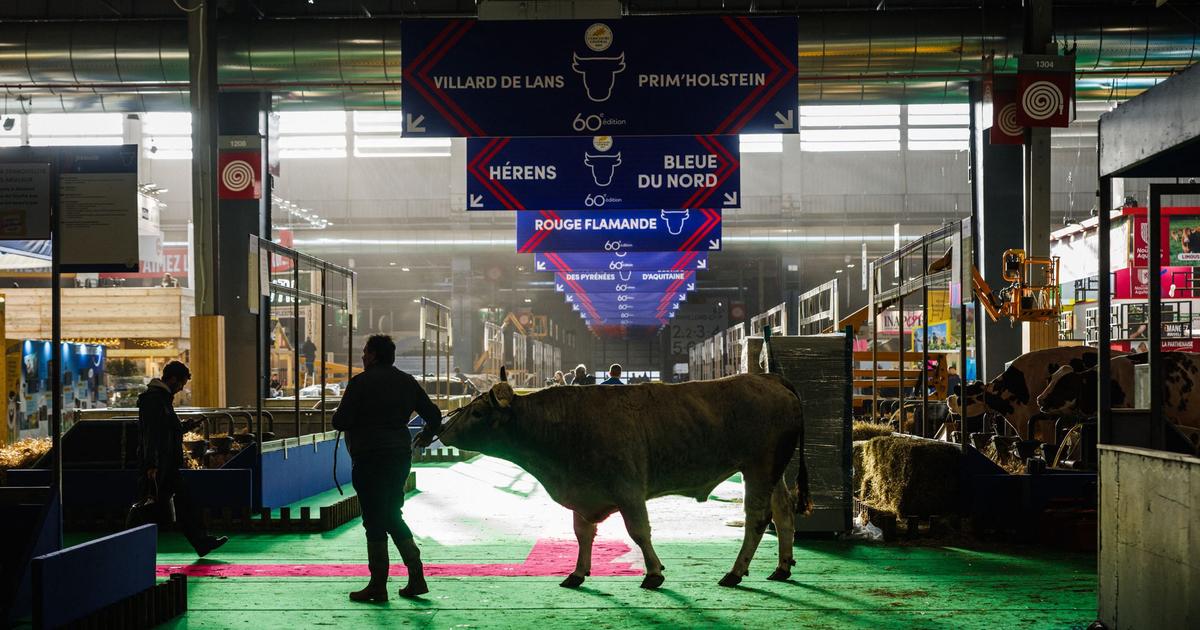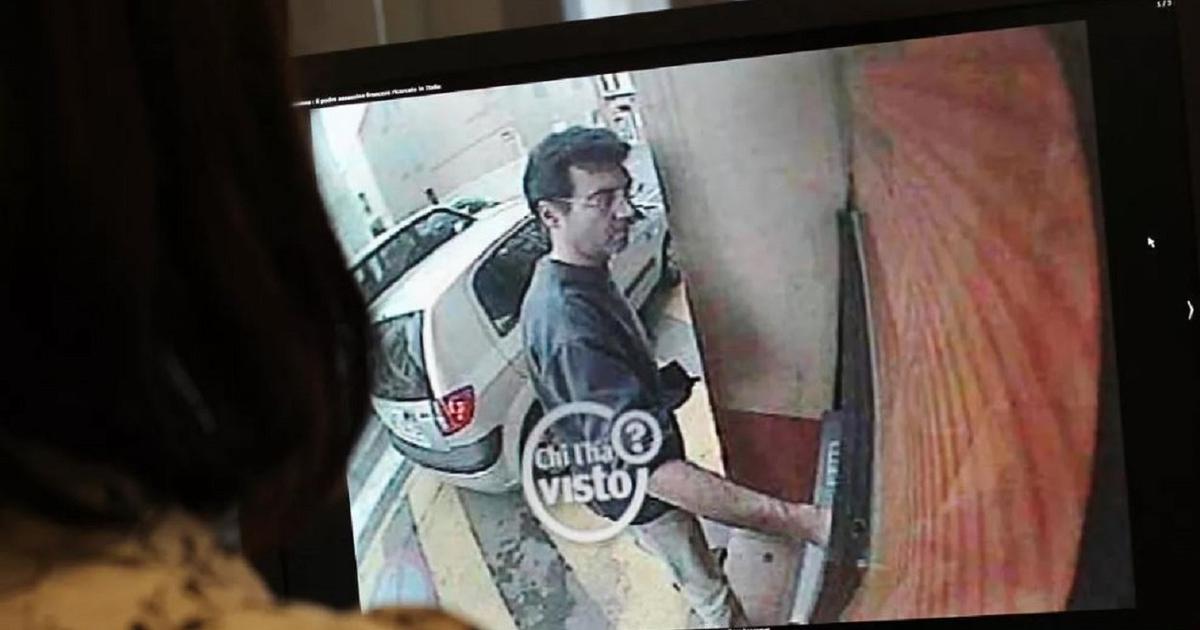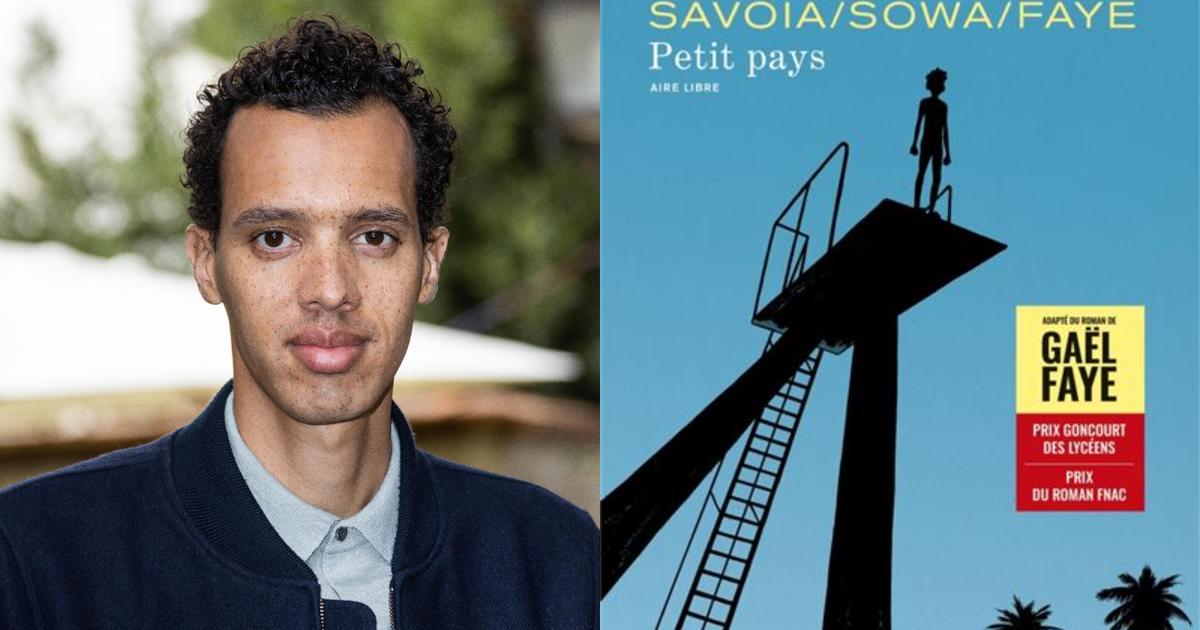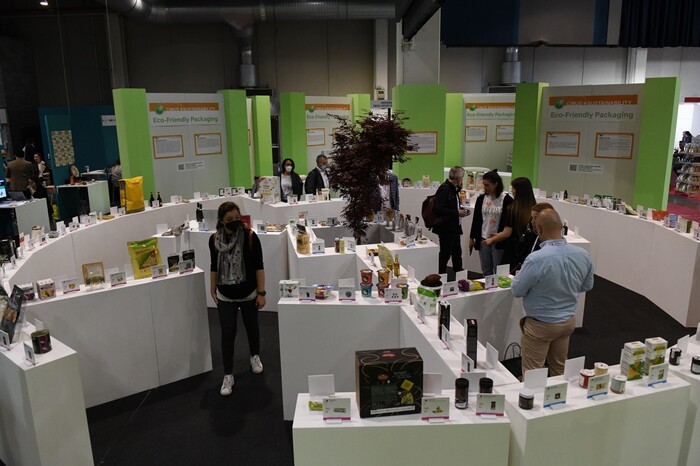On July 30, 1989, in the Bay of Saint-Michel-en-Grève (Brittany, France), Jacques Thérin, a 26-year-old runner, was found dead on the beach.
Ten years later, in that same place and at the same time of year, Maurice Briffaut, a seaweed collector from the area, was found unconscious in his tractor.
He remained in a coma for four days, four months hospitalized and a year off.
In July 2009, the jockey Vincent Petit entered the same beach.
Before long, his horse collapsed and he began to have convulsions and lost consciousness.
These three events are not isolated cases.
Two human deaths and dozens of animals add to these events always caused on the Brittany coast.
This is what the journalist Inès Léraud (Saumur, France, 41 years old) demonstrates in her comic
Algas verdes: la historia prohibida
, which the Astiberri publishing house has published in Spanish, and which has already sold more than 150,000 copies in France.
With the help of doctors and scientists, she concludes that the green algae that proliferates in the summer are responsible for all these deaths and diseases.
But he maintains that these organisms are in turn a direct consequence of agriculture and intensive livestock farming in the region, which is why for years, the agri-food
lobby
integrated into politics and the Breton media have been in charge of silencing these cases through threats. and pressures and to establish a law of
omertà
in the area.
More information
Alarm due to the appearance of large amounts of algae in the Mar Menor
When Léraud was a teenager, his mother began to have strange symptoms: severe fatigue, speech and memory problems.
Thanks to a doctor that she had found with similar cases, they discovered that many women with dental fillings had developed breast cancer due to the mercury present in them.
“That fact marked me for life and, although I studied documentary film, I decided to specialize in investigative journalism on public health issues related to the environment.
While I was working in Paris for France Culture radio, I became interested in cases of farmers who got sick from pesticides and chemicals used in agriculture, and that inevitably led me to Brittany," he told EL PAÍS by phone.
The French journalist and author of 'Green Algae' Inès Léraud, in November 2017 in Maël-Pestivien (Brittany, France), in an image provided by her editorial.Vincent Gouriou
Brittany is a centerpiece in the French and European agri-food industry.
Its area represents only 5% of the French territory and yet one in three animals raised in the country come from there, and almost half of all cultivated fields are concentrated there, which requires a huge amount of fertilizer and chemicals.
One day, after a conference, a man in a gray coat waited for the reporter outside and handed her a folder full of press clippings and other documents about the deaths from green algae.
This event worthy of a detective movie prompted her to move in 2015 to Coat-Maël, a village in the middle of the region, where she ended up staying.
Cover of 'Green algae: the forbidden story'. Astiberri
The comic discovers in different chapters a network of hidden events related to green algae, which many people had tried to bring to light, in vain: human deaths, dogs, wild boars, comas and long illnesses... One of those people , the emergency doctor Pierre Philippe, tried eight times to alert the health authorities of the danger that people were running when approaching some beaches in summer, but they did nothing about it.
In 2009, another algae fatality, collector Thierry Morfoisse, was buried without an autopsy, as was Jacques Thérin, the runner found dead in 1989. “Every time they tried to make all this public, they were met with violent attacks from representatives from the agri-food industry, for example from the FNSEA,
Léraud pulled the thread to understand the reason for this imposed silence and discovered it: the appearance of algae is closely linked to the system of agriculture and intensive livestock farming in the region, infiltrated at all levels of politics and the media of the region. region.
“In Brittany, one in three jobs is directly linked to that industry, and this is without counting the indirect ones.
That's why politicians, even mayors, are involved in it.
All subsidies for the field pass through his hands.
The local press is also financed by industry advertising.
They are also linked to education, since they organize talks to go to schools and talk about agriculture and macro-farms ”, he relates.
In fact, there are two revealing pages in the comic that show all that network of influences.
Double page of the comic that shows the relations between politics, industry and agri-food companies.Astiberri
But this discovery brought consequences: he began to receive pressure to stop his research activity.
After the publication of the comic in 2019, she was accused in two defamation proceedings.
One of her complaints was made by Breton businessmen and she received the mailbox of the house where she lived at the time, which was not her official address: "It was a way of telling me that they knew where she lived" .
After 18 months, the accusers annulled their complaints three days before the trials took place, which the author interpreted as a form of intimidation, because even though they knew they were not going to win, they wanted to warn that no one should touch on these issues.
The third threat was through Wikipedia: "On my encyclopedia page someone had added a date of death that corresponded to January 28, 2021, the day set for the second defamation trial."
And she was not the only one to receive intimidation.
Several journalists who sided with her were fired from her, and one of them had the wheels of her car slashed and tried to poison her dog.
André Ollivro, from the Stop the Green Tides association, received death threats, they blocked the door of his house with manure and left the corpse of a dead fox at the entrance.
Although scientists like the oceanographer Alain Ménesguen have determined since 1988 the relationship between the appearance of algae and agricultural nitrates, his work has been discredited.
Cartoon of the comic in which the scientist Alain Ménesguen relates the nitrates of intensive agriculture with the proliferation of algae.astiberri
In Spain there is an equivalent to the Breton problem and it is the disaster of the Mar Menor, in which since 2016, overwhelmed by the excess of nitrates that it is no longer capable of assimilating, algae that grow very quickly in summer such as phytoplankton, which prevents the passage of light to the bottom of the sea and, therefore, photosynthesis.
Juanma Ruiz, research professor at the Spanish Institute of Oceanography-CSIC, explains that, when it decomposes, phytoplankton settles to the bottom when it dies and is decomposed by microorganisms that consume more oxygen, which produces a lack of oxygen that kills tons of fish.
In addition, it releases substances such as hydrogen sulfide (H2S), which has toxic and even lethal effects on plants and animals.
This is the gas that the green tide algae in Brittany emit in quantities far in excess of what a human would be able to bear without disturbance.
In 2006, levels of more than 1,000 ppm were recorded off the coast of Saint-Michel-en-Grève, which would cause rapid death in the absence of immediate assistance.
After the publication of the comic, the algae are collected in summer, but not everywhere, because there are sections where tractors do not fit.
In these areas there are signs to warn of mortal danger.
Neither Léraud nor Ruiz consider that this is the solution to end this problem of eutrophication (excess nutrients in the water).
"It seems like a parody more than a measure," says the scientist.
“If the input of nutrients is not corrected, a real solution will not be obtained.
It's like you're trying to sweep the dust under the rug."
The oceanographer is also firm in identifying the causes of the problem: “Intensive agriculture is the main cause.
I do not want to say that there are no others, nor that they should not be addressed, but 80% or 85% of that nitrogen comes from agricultural activity and the rest from other activities, such as urban wastewater”.
The comic features illustrations by Pierre Van Hove.
The cartoonist colors the pages with a slightly greenish tone, which refers to the algae in the title.
Yellow also predominates in the cartoons, almost always to tint the sky, which denotes the toxicity of the environment of the Briton coast invaded by these organisms.
After its publication, Inès Léraud created a media outlet called
Splann
(of course, in Breton), financed by the citizens, which allows her to undertake long-term investigations and thus cover the blind spot that the Breton press tries to forget.
Subscribe to continue reading
Read without limits
Keep reading
I'm already a subscriber

/cloudfront-eu-central-1.images.arcpublishing.com/prisa/Y3ZAGQK3GNDPVKZUGVGM2YDQKM.png)




/cloudfront-eu-central-1.images.arcpublishing.com/prisa/54VGS3QRFBG7BIEKKLPXSABI7E.jpg)



/cloudfront-eu-central-1.images.arcpublishing.com/prisa/Z45E6KV7VJGUXAKJWH7VA4NJSE.jpg)




